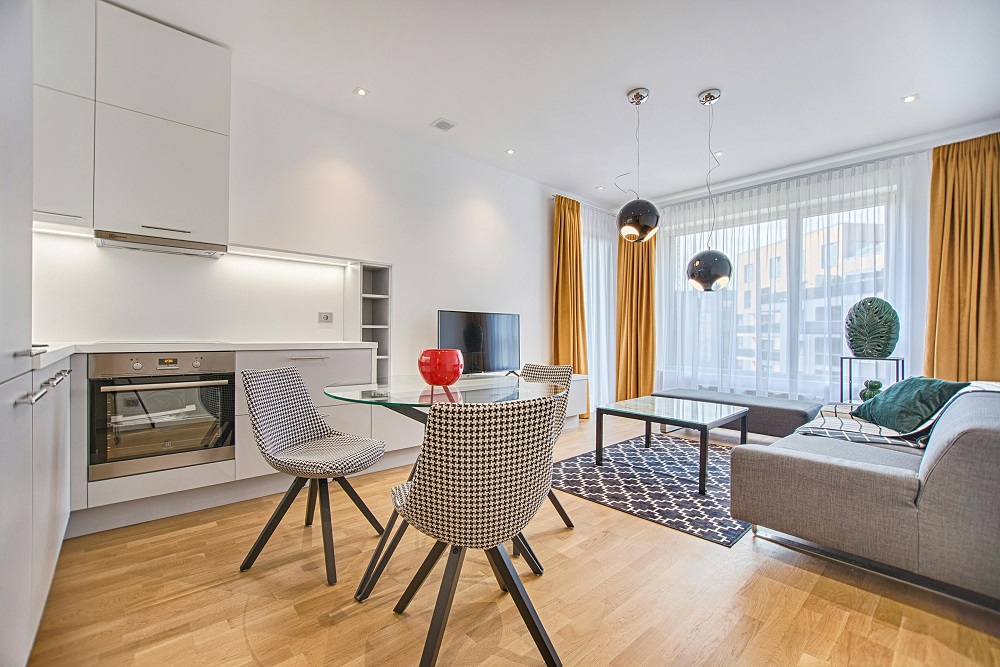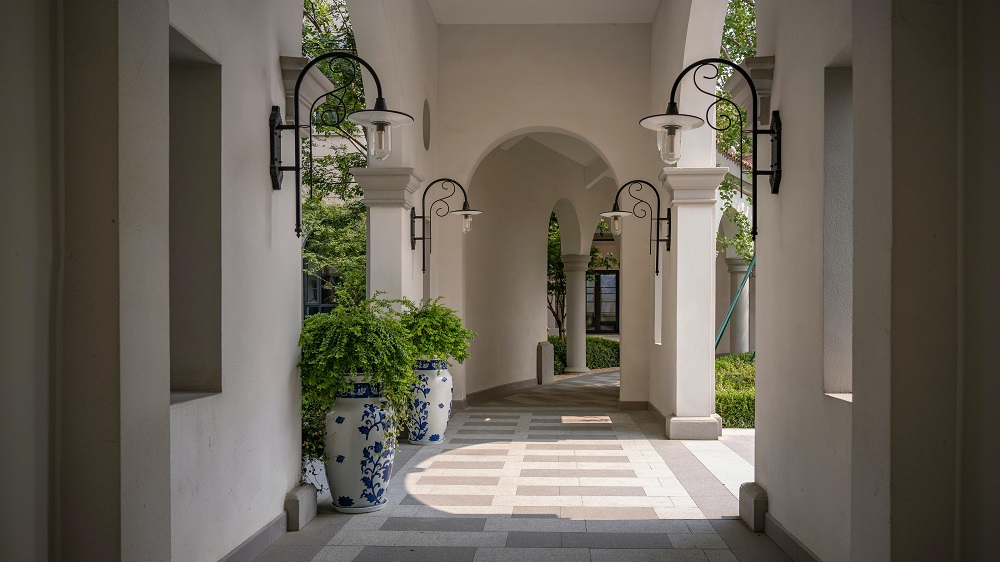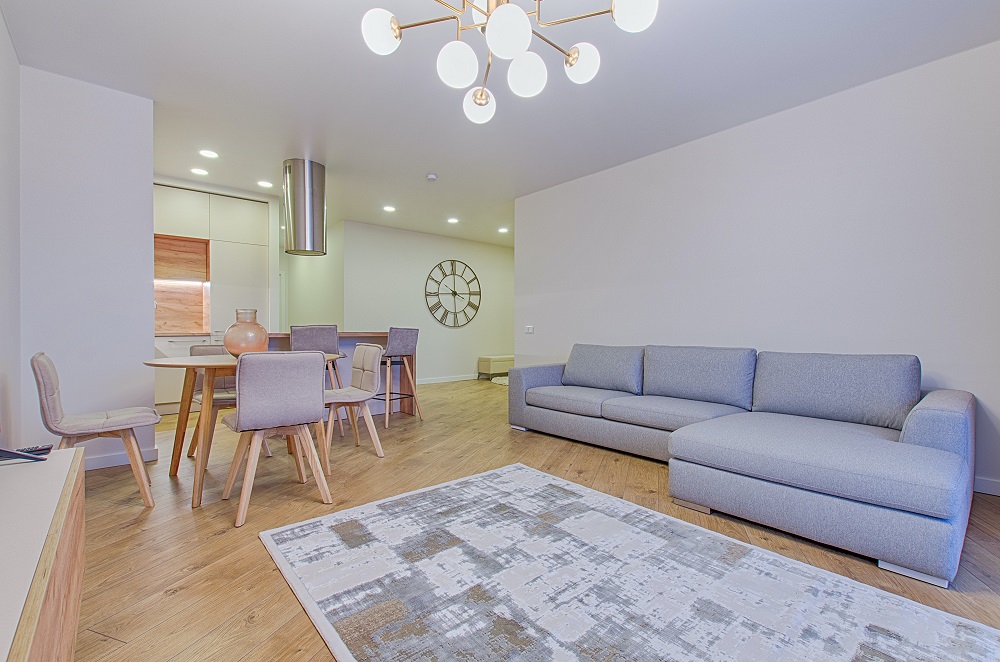There are many different styles of interior design, and the best style for a particular space will depend on the needs and preferences of the ocupants. Some popular styles of interior design include:
Contemporary:
Contemporary interior design is characterized by its clean lines, simple shapes, and use of modern materials.
Modern:
Modern interior design is characterized by its focus on function over form and its use of geometric shapes and bold colours.
Traditional:
Traditional interior design is characterized by its use of classic furniture, and colours.
Eclectic:
Eclectic interior design is characterized by its mix of different styles and periods.
No matter what style of interior design you choose, there are a few basic principles that you should try to follow :
Function:
The first and most important principle of interior design is function. The space should be functional for the people who will be using it. For example, if you have kids then you will need to choose durable and easy-to-clean furniture.
Form:
The second principle of interior design is form. The space should be visually appealing. This means using furniture, rugs, and other accessories that complement each other and create an organised look.
Colour:
The third principle of interior design is colour. Colour can be used to enhance the mood or to enlighten the atmosphere in the space. For example, if you want a space to feel relaxing, you might choose soft, light, muted colours.
Light:
The fourth principle of interior design is light. Light can be used to create a sense of space and to highlight features in a room. For example, you might use a mini lights to create a focal point in a dining room.
Texture:
The fifth and final principle of interior design is texture. Texture can be used to add interest and depth to a space to highlight the aesthetic visual. For example, you might use a floral rug to add visual aesthetics to a living room.
If you try to follow these principles, you can create a beautiful and functional interior space that you will love for years to come.
Here are a few additional tips for interior design:
Start with A Plan:
Before you start shopping for furniture and accessories, take some time to plan out your space. This will help you avoid making impulse purchases and ensure that everything you buy works well together.
Measure your Space:
Once you have a plan, it is important to measure your space. This will help you ensure that you buy furniture that is the right size for your room.
Choose a Focal Point:
Every room should have a focal point. This could be a fireplace, a piece of art, or a window. Once you have chosen your focal point, arrange the rest of the furniture around it.
Use the Right Scale:
When choosing furniture, it is important to use the right scale. Furniture that is too large in size or too small will make your room look unbalanced and clumsy.
Do Mix and Match:
Don’t be afraid to mix and match different styles and periods. This can create a unique and cosy space.
Add Personal Touches:
Finally, don’t forget to add your personal touches to your space. This could include family photo frames, travel souvenirs, or favourite books or mini plants.


